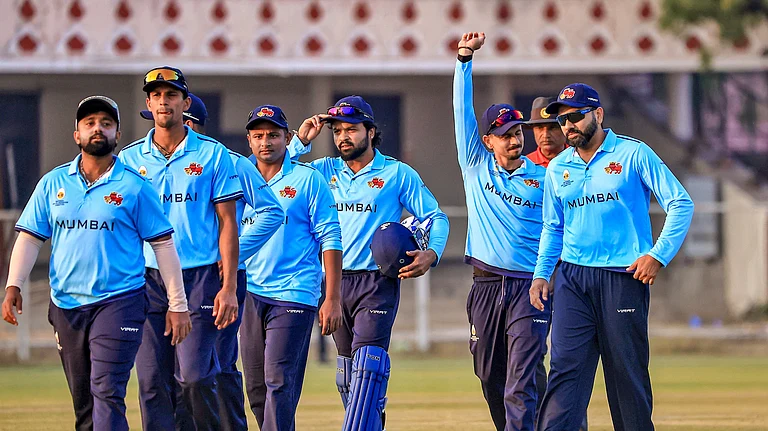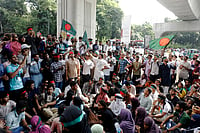Its after a gap of 14 years that the question of Greater Eelam is being again fiercely debated in the corridors of New Delhi. The proponents of this theory believe that the fates of Tamils on either side of the Palk Strait are inextricably linked and a vivisection of Sri Lanka would lead to the vivisection of India. The two Tamil lands would then merge to form a larger Tamil homeland called "Greater Eelam". This fear plays a crucial part in defining Indias position with respect to its southern neighbour. Is Greater Eelam possible? Is anyone actually working on such a pan-Tamil political project? The answer, for the moment, is an emphatic no.
Despite that the mea as well as intelligence agencies have always been concerned about the likelihood of a separatist movement raising its head in Tamil Nadu once Eelam comes into existence in Sri Lanka. Indeed, the Greater Eelam concept was first floated by Indian intelligence agencies to justify the Indo-Sri Lankan 87 accord. Also, a larger political and security reason had to be provided before despatching Indian troops to a foreign country.
But what is the concept of Eelam? The idea germinated in the Jaffna peninsula in the mid-70s. It was at a convention of the Tamil United Liberation Front (tulf) that the idea of a separate Tamil homeland was first mooted. India was seen as ally of the cause and was supportive till 87. Indeed the Lankan accord of 1987 accepted the north-eastern provinces as the Tamil homeland and also recognised the need for the merger of the two provinces.
But alarmists still perceive a threat. They see a possibility of the virus spreading to Tamil Nadu, though the Dravida movement, seen as a threat at one point, is totally marginalised. But those who persist in seeing a Greater Eelam threat wont rest content. Myths never die easy.

























